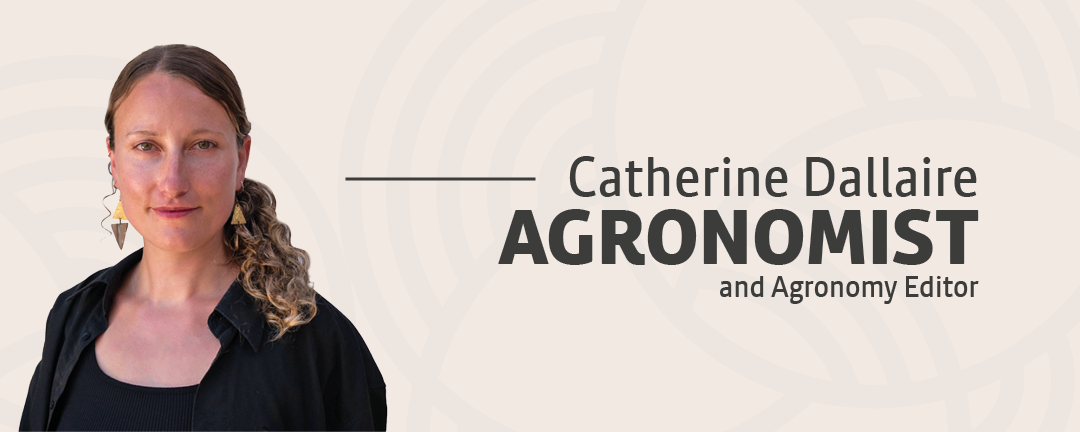
A Staple Seaweed in the Food Industry
Sugar kelp grows in long fronds that line the St. Lawrence River coastline, forming a lush underwater forest. Sugar kelp farmers use longline systems near the shore to grow their crops directly in the shallow portion of the river.
This edible variety of seaweed, which resembles lasagna noodles, is already used as a thickening and flavouring agent in the food industry. It makes delicious relish, pesto or sauces, and some companies even use sugar kelp in cosmetic products!
An Increased Focus on Algal Culture
Several research and development projects are underway to further assess the potential economic, dietary and ecological benefits of seaweed farming.
Options for mechanizing certain production steps are currently being analyzed, among other things. Following the example of land crop farmers, algal culturists are seeking to optimize seaweed harvesting and processing techniques—otherwise, they could have difficulty generating attractive profit margins.
Algae farms are also garnering attention in terms of carbon sequestration potential. Seaweeds act as a carbon sink, trapping CO2 in their large biomass. This could represent an interesting potential in multiple areas, including decarbonization.
A great deal of excitement is growing around this area of expertise. It’s thrilling to see what research institutes, schools, businesses and farmers can develop when they work together.
A wealth of flavourful seaweed is growing in our waters, from sea lettuce to nori, wakame and many more—prepare to be surprised!
